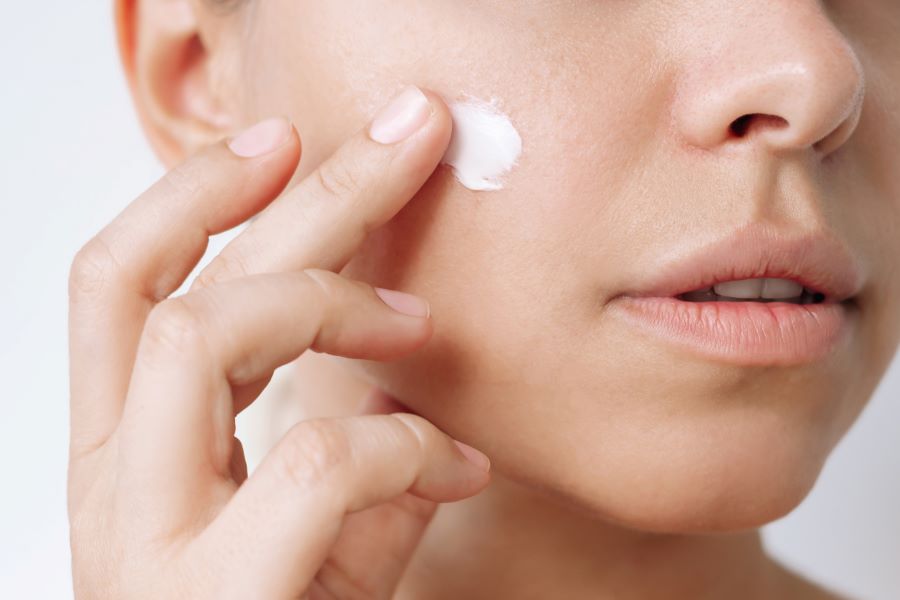The Art and Science of Juvederm: An In-depth Analysis
Juvederm, a renowned brand in the world of cosmetic procedures, has significantly influenced the beauty landscape. This dermal filler, known for smoothing wrinkles and enhancing facial contours, is highly sought after by those wishing to maintain a youthful appearance. However, like any other cosmetic procedure, Juvederm’s use is not only an aesthetic consideration but also a scientific one. Understanding the development, application, and reception of this popular treatment allows us to appreciate the intersection of art and science that is modern beauty.

Tracing the Origins of Juvederm
The roots of Juvederm trace back to the late 20th century when hyaluronic acid, its primary ingredient, was discovered. Hyaluronic acid, a naturally occurring substance in the skin, is responsible for maintaining moisture and elasticity. However, as we age, our natural hyaluronic acid levels decrease, leading to wrinkles and sagging skin.
In the 1980s, biotechnologists began exploring the potential of hyaluronic acid for medical and cosmetic purposes. This research culminated in the creation of Juvederm by Allergan Inc., a global pharmaceutical company, in 2006. It quickly gained traction due to its safety, effectiveness, and long-lasting results.
The Rising Popularity of Juvederm
As the beauty industry progressed, so did the demand for non-invasive cosmetic procedures. Juvederm, with its ability to deliver immediate results with minimal downtime, fit perfectly into this trend. Today, it is one of the most popular dermal fillers, used by millions worldwide to combat signs of aging and enhance facial aesthetics.
Celebrities, influencers, and everyday individuals alike have embraced Juvederm, contributing to its mainstream acceptance. Its popularity is also reflected in the rising number of certified practitioners globally, making it more accessible to a broader demographic.
The Science Behind Juvederm
At its core, Juvederm is a gel derived from hyaluronic acid. When injected into the skin, it replenishes the body’s natural hyaluronic acid levels, hydrating the skin and adding volume. This process effectively smooths out wrinkles and enhances facial contours, resulting in a rejuvenated appearance.
However, the success of a Juvederm treatment relies not just on the product, but also on the skill of the practitioner. The injection must be placed precisely to achieve a natural look. This requires a deep understanding of facial anatomy and aesthetics, highlighting the blend of art and science inherent in this procedure.
The Impact and Reception of Juvederm
The impact of Juvederm on the beauty industry is undeniable. It has shifted the conversation around aging, promoting the idea that individuals can take control of their appearance as they age. This shift has led to a more positive perception of aging, contributing to broader societal changes.
The reception of Juvederm has been overwhelmingly positive, with many users reporting high satisfaction rates. Studies have also shown that its effects can last up to a year, making it a cost-effective choice for many. However, like any cosmetic procedure, it does carry some risk of adverse effects, although these are typically rare and minor.
Unique Insights and Future Directions
Despite its widespread use, Juvederm is not suitable for everyone. Individuals with certain allergies or skin conditions may not be ideal candidates for this treatment. Understanding these limitations is crucial for both practitioners and potential users, highlighting the importance of personalized care in the beauty industry.
Looking ahead, the popularity of Juvederm shows no signs of waning. As research continues, we can expect the development of even more advanced and effective forms of this dermal filler. As with all aspects of the beauty industry, the future of Juvederm will likely be marked by constant innovation, driven by the ever-evolving quest for the ideal standard of beauty.




